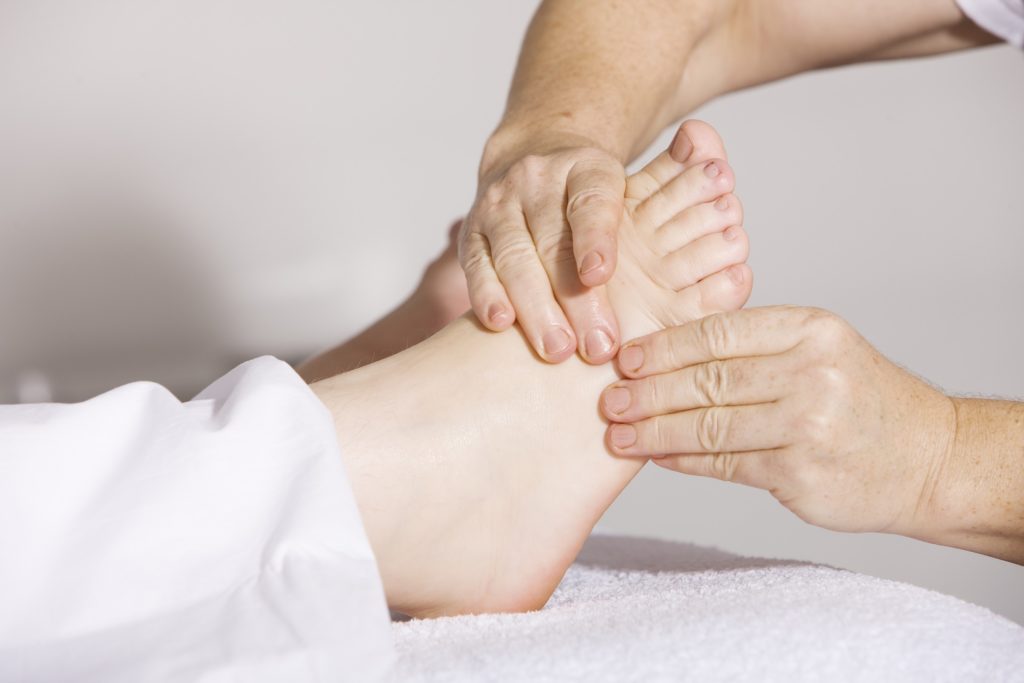Women face a risk of suffering a range of injuries in the workplace, including carpal tunnel syndrome, sprains and strains, cuts and punctures, force trauma, and occupational illnesses and diseases. According to the U.S. Department of Labor, women accounted for 46.8% of the nation’s workforce as of 2016. Like their male counterparts, women in nearly every profession and industry face some risk of suffering injuries on the job. Due to their job duties, working environment, and other factors, however, women may suffer different occupational injuries than their male coworkers.
What Causes Occupational Injuries for Women Workers?
Numerous factors contribute to the occurrence of workplace injuries for women on-the-job. Some of the most common of these include accidental injuries by another person, objects, or equipment; complications from repetitive stress; slips, trips, and falls; and chemical exposure.
Women may also suffer injuries as a result of getting assaulted at work. In fact, data from the National Security Council indicates that women suffered 70% of all injuries resulting from assaults in the workplace. The perpetrators of such assaults may include coworkers, customers or patients, personal acquaintances.
Carpal Tunnel Syndrome
Occurring because of pressure on the median nerve that runs from the hand, wrist, and arm, carpal tunnel syndrome may cause tingling, numbness, or weakness in the hand. People may develop occupational carpal tunnel syndrome because they repeatedly use vibrating hand tools on the job, suffered a sprain or fracture to the wrist causing swelling, or due to other such causes.
Sprains, Strains, and Tears
Sprains, strains, and tears affect the tendons, ligaments, and muscles in the body. Ranging in severity from minor to serious, such injuries often occur due to overexertion, overuse, twisting, or stretching. Some sprains, strains, and tears may resolve with rest and time, while others may require medical intervention such as physical therapy or surgery.
Cuts and Punctures
Women may suffer cuts, abrasions, and punctions because of contact with objects or equipment in the workplace, work-related auto accidents, needlesticks, and other factors. Depending on the size and depth of the wound, women workers who get injured at work may need only to clean the cut and apply antibiotic ointment or a bandage. More serious cuts and punctures may require medical interventions such as sutures or even surgery.
Force Trauma Injuries
Women may suffer bumps, bruises, and other force trauma injuries because of accidental contact with objects or equipment in the workplace. While such minor injuries may have little to no effect on women workers or their ability to perform their jobs, more serious force trauma such as traumatic brain injuries may keep women temporarily or permanently from working.
Occupational Illnesses and Disorders
Due to their workplace conditions, the weather, and various other factors, women workers may develop a variety of occupational illnesses or diseases. Coming into contact with or breathing in certain chemicals, plants, and other substances may cause women to suffer rashes or exposure sicknesses, as well as to develop conditions such as silicosis, asbestosis, tuberculosis, chronic obstructive pulmonary disease, metal fume fever, and other such illnesses, which may impair women’s ability to work.
